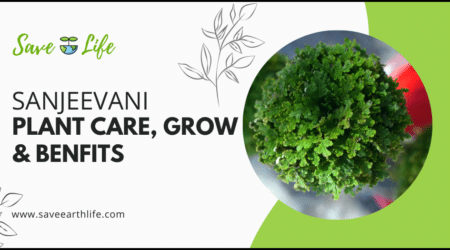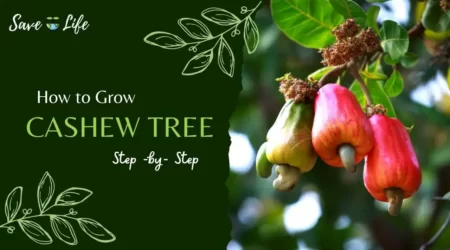How to Identify Real Shami Plant?
Srishti Singh2024-06-26T00:46:00+05:30The Shami Plant – the most wonderful tree in the desert is known for its various benefits. But do you know there are more than 60 different varieties of the Shami Plant? It is difficult to identify the Shami plant when it already has different varieties.
In this blog, we are going to identify the real Shami vs fake Shami with the help of certain factors that you can consider before buying a Shami plant.
Table of Contents
ToggleSpecifications of Shami Plant
| Botanical Name of Shami Plant | Prosopis cineraria |
|---|---|
| Other Names of Shami Plant | Khejri, Chhonkara, Jammi, Jand |
| Sunlight Requirement | Grows well in full sunlight |
| Soil type preferred | Alluvial Soil |
| Size of the plant | 15 – 20 ft. tall |
| Grown in region | India, Iran, Afghanistan, Pakistan, UAE, and Yemen |
| Popularly known as | State Tree of Rajasthan |
About Shami Plant
Shami Plant also known as Khejri in Rajasthan is one of the amazing trees that can thrive even in the hottest summers and coldest winters. Shami Plant is known by various names in different parts of India which is worshiped for “Shani”. Shami plant is also used for various purposes in India which we will discuss further.
The Shami plant is found in almost all homes in India. It is one of the most common plants in India that are grown because of its medium size, easy to take care and beautiful yellow, pink and white colors of flowers.
Shami plants can be grown at a high temperature of 45 degrees Celsius and can resist the high drought atmosphere. The Shami plant is sown after the rainy season and flowers during the month of March to June. The plant prefers to grow in alluvial soil rich in humus but can also be sown in any type of soil.
How to Identify Shami Plant?
The Shami plant is most commonly found in India, Pakistan, Nepal, and Bangladesh. Shami is renowned for its gorgeous bark, lovely purple blossoms, and medicinal use. Worldwide, Shami has 60 different varieties of trees.
It might be possible that you have one of the varieties of Shami plants in your garden but you weren’t aware of the real and fake Shami. All the varieties are from the same family and provide the same features when compared to one another.
Still, you might get confused between the Shami plant and Veertru plant because both of them look approximately similar. It is easy to identify the Shami plant. Before you go buying the plant, look for similar features as mentioned below –
- Focusing first on the leaves, the Shami plant has alternate bipinnate leaves which means only two branches of leaves originate from the same origin. The original plants have bipinnate alternate leaves arranged side by side to one another.
- Secondly, the Shami plant has small perky thorns present all over the branches of the Shami plant. There are two thorns that grow opposite to one another and are alternately grown between the branches of the leaves.
- Thirdly, the point from where the leaves originate has small stipules. Stipules are small leaf-like structure that grows at the stalk of the leaves in pairs. The Shami plant has these small stipules grown at the stalk of the leaves.
- Now, the color of the flowers of the Shami plant is a combination of yellow and pink and you might get confused with the white and pink color of the flower. The white-pink color flower of Shami is not fake, it is just a different variety of the Shami plant.
If you are thinking of buying a new Shami plant from the market consider these points and features of the plant and buy a real one. These features are the quality of the real Shami plant.










Comments (2)
Thanks for your information.
Thank You! I hope you have read our other blogs too.
Comments are closed.